Doctors in the US have treated a coronavirus patient with a drug developed for Ebola. That drug had never been tested on people so its use here seems an extreme move. We look at why this kind of drug...
Doctors in the US have treated a coronavirus patient with a drug developed for Ebola. That drug had never been tested on people so its use here seems an extreme move. We look at why this kind of drug developed for one virus might work on another. It’s all down to the genetic material at the centre of the virus. That raises safety concerns as human cells contain similar material.
East Africa is experiencing a plague of locusts and bizarrely it’s linked to the Australian wildfires. A weather pattern across the Indian Ocean, made more extreme by climate change, links the rains in Africa with the heatwave in Australia.
New features of The Northern Lights have been discovered thanks to an analysis of photos on Facebook by physicists in Finland. Amateur sky watchers pictures reveal previously unnoticed forms in the light display.
And we look at the search for properties of sub atomic particles, why a small device might be better than the enormous ones used so far.
Today, once-fatal diseases like the plague, sepsis, or cholera can be treated simply and quickly with a pill. These tiny tablets hold compounds that can fix illnesses, and most people don’t think twice about taking an asparin for a headache.
Modern medicine looks nothing like the plants that many of them are derived from. But there must have been a moment, when the first humans decided that a particular plant, fungus, or mineral might cure them of an upset stomach, or infected wound. Right? That’s what listener Andrew Chen wondered, so he emailed CrowdScience to find answers.
Presenter Anand Jagatia speaks with an archaeologist, a botanist, an ethno-pharmacologist, a zoologist and a historian to uncover the story of early human experimentation with ‘drugs’ from plants, fungi, animals and minerals.
The history of humans is full of illness and poor health, and it seems we’ve always tried to fix this. Anand discovers the connection between food and medicine while making tonic water from scratch with Kim Walker at the Royal Botanic Gardens of Kew, and tastes the daisy-like Chinese herb that was first used thousands of years ago, and then – once tested - became one of the best modern drugs for treating the world’s most deadly infectious disease.
Listener Andrew’s inspiration came from a previous episode of CrowdScience ‘Who were the first farmers?’ and so we return to expert anthropologist Cheryl Makerewicz who tells us about the ecological knowledge of hunter-gatherers and pastoralist communities. With Jaap de Roode, Anand discovers that conscious thought isn’t a pre-requisite of medical discovery, and historian Vivienne Lo explains how written word helped to standardise generations of medical knowledge in East Asia. Previously medical knowledge had been irrevocably linked with shamanism, magic and spirituality, but with modern medicine this changed – but today there is still much we can learn from ancient forms of knowledge, Christophe Wiart explains how his science focuses of discovering what plants tribal people in east Asia have used for centuries to cure their ailments. These early methods may help us combat new diseases today.
(Image: Scientists are at work as they try to find an effective treatment against the new SARS-like coronavirus, Credit: AFP/Getty Images)
view more
More Episodes
The Swing of Things
 2024-11-01
2024-11-01
Mystery blobs
 2024-10-25
2024-10-25
TV made me do it
 2024-10-18
2024-10-18
The world's longest treasure hunt
 2024-10-11
2024-10-11
Science to make you smile
 2024-10-04
2024-10-04
All things Oregon!
 2024-09-27
2024-09-27
Shiny: Why we are dazzled by new sparkly things
 2024-09-20
2024-09-20
Ngā Wai Hono i te Pō: The new Māori Kuini
 2024-09-13
2024-09-13
Thrillseekers
 2024-09-06
2024-09-06
The world's worst tourist
 2024-08-30
2024-08-30
A sticky situation
 2024-08-23
2024-08-23
The only one
 2024-08-16
2024-08-16
Let them eat crab
 2024-08-09
2024-08-09
Can I eat it?
 2024-08-02
2024-08-02
Breaking, climbing, and surfing
 2024-07-26
2024-07-26
Marriage madness
 2024-07-19
2024-07-19
Political Jet Lag
 2024-07-12
2024-07-12
Mushroom magic
 2024-07-05
2024-07-05
Lights out
 2024-06-28
2024-06-28
Seismic swift
 2024-06-21
2024-06-21
012345678910111213141516171819
Create your
podcast in
minutes
- Full-featured podcast site
- Unlimited storage and bandwidth
- Comprehensive podcast stats
- Distribute to Apple Podcasts, Spotify, and more
- Make money with your podcast
It is Free
You may also like
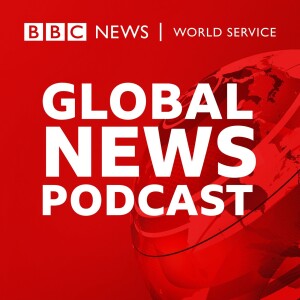
Global News Podcast

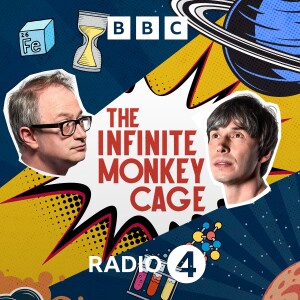
The Infinite Monkey Cage

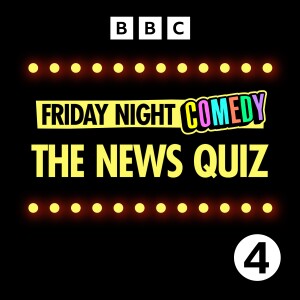
Friday Night Comedy from BBC Radio 4

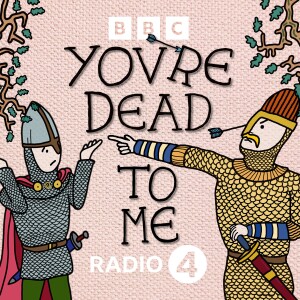
You’re Dead to Me

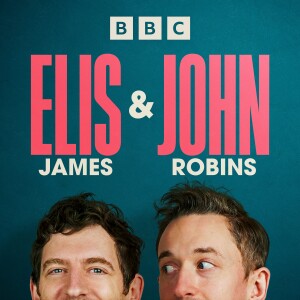
Elis James and John Robins

- Privacy Policy
- Cookie Policy
- Terms of Use
- Consent Preferences
- Copyright © 2015-2024 Podbean.com

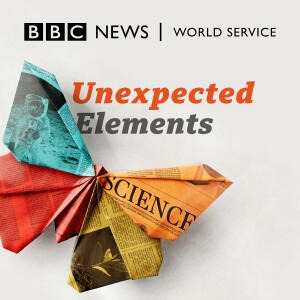

 iOS
iOS Android
Android